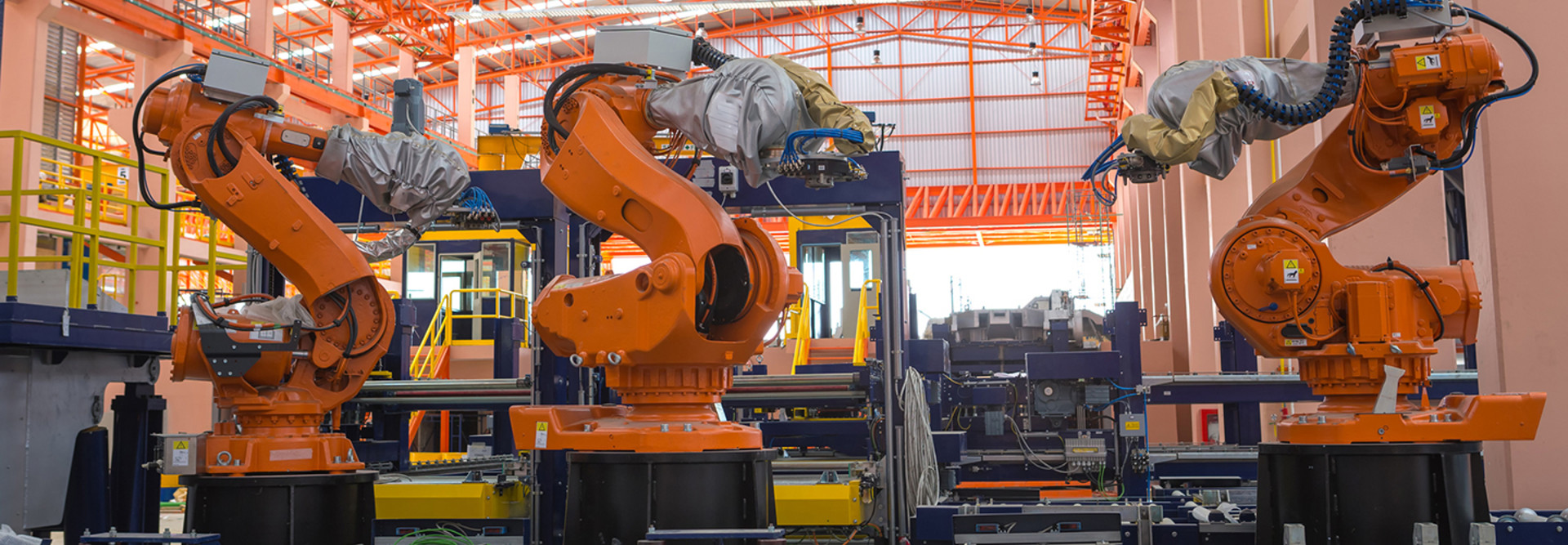Cisco Live 2016: The Factory of the Future Will Spur Efficiency and Preventive Maintenance
For Cisco Systems, the factory of the future might not be fully here today, but it’s coming. What does that future look like? It’s one in which manufacturers of all sizes, including small-to-medium-sized businesses, have connectivity added to their industrial machines, allowing them to discover how efficiently the machines are running and fix them before they break.
In a roundtable discussion with reporters at the Cisco Live 2016 conference in Las Vegas, Doug Bellin, global senior manager for manufacturing and energy at Cisco, said that benefits surrounding efficiency gains and preventive maintenance are among the key drivers of the connected factory. It’s an area on which Cisco has placed a great deal of emphasis, especially in recent years, as part of the network vendor’s broader strategy around the Internet of Things.
Yet, the focus is less on connectivity and more on what businesses can do with those network connections, Bellin said. So while Cisco — along with partners like Rockwell Automation — has been enhancing its network architecture for factories with Ethernet-to-the-Factory or Converged Plantwide Ethernet, Cisco knows that to get businesses on board it needs to address what those companies can garner from the networking technology.
“People aren’t buying networks,” he said. “They’re buying the business outcomes, the business drivers from those capabilities."
The Benefits of Connecting a Factory
Bellin said that from large manufacturers down to small businesses, many companies that operate fairly expensive pieces of industrial equipment don’t know what the utilization rate is on those machines. At many small companies, the IT staff might not exist.
“Let’s at least give them some of those statistics and numbers to understand what they’re doing and how they’re doing it, and how they’re running their capabilities,” he said. “Now, is that going to help them improve? No, but it’s an awareness to let them move down the path to improvement. That’s what we need to do, to help them with that awareness and that capability.”
Bellin also acknowledged that the manufacturing industry has a long way to go. He said that about 90 percent of “smart” machinery — Computer Numerical Control machines or those with digital components — are not connected to the Internet. Those “smart” machines are, on average, 15 years old, and weren’t designed with networking in mind.
Cisco’s partnership with machine tool builder Mazak is helping overcome that. The two companies developed the Mazak SmartBox, which uses MTConnect technology and allows for enhanced monitoring and analytical capabilities, including advanced cybersecurity protection.
MTConnect is an open communication standard that allows machine tools to pass data on to higher level systems for further processing, using the XML-based standard. Getting access to that data helps manufacturers improve productivity and responsiveness to customer or market changes.
On a basic level, Cisco can help manufacturers determine overall equipment effectiveness (OEE) of their machines, Bellin said, to measure how effectively they are being utilized. That OEE data is what happened in the last five minutes or half-hour, Bellin said.
By analyzing data over a longer time frame, companies can engage in predictive maintenance and know when a machine is expected to fail, and then repair it before it does.
Security is not yet a business driver for the connected factory, Bellin said, but it is a “huge discussion” that varies between different manufacturing segments. For example, if a company makes parts for Boeing, they will likely need to worry more about security; if a malicious actor hacked into their industrial machines and started changing variables, “you have a bigger problem going forward.”
Bellin said he thinks “we’re at the cusp of the tipping point” on connected factories, but that more education is needed. The connected factory solutions are also becoming easier to deploy at a lower cost to businesses.
Bellin said there is interest from potential customers upon hearing about the solutions Cisco can offer. Especially in terms of providing utilization rates and predictive maintenance, he said that, “Everybody says, ‘Yes, if you can do that, it makes sense for me.’ ”
Small Business Opportunity
Bellin said that the manner in which connected factory solutions will get deployed is dependent on the capabilities of the business that wants to use them.
For example, a large enterprise like Boeing or Caterpillar is going to take Cisco’s solutions, purchase the assets and put them in their factories. On the other hand, an SMB may not have the resources or support mechanisms to put such a solution in place and run it on its own, Bellin said.
“So, what we’re looking at is, how do you do it as an ‘as-a-service’ capability?” For a low, fixed monthly cost, Cisco could operate and maintain a solution that provides measurement and analytics of industrial machines. Compared to the much greater cost of purchasing a new machine, that starts to seem attractive.
“All of a sudden the discussion changes,” Bellin said. “It becomes, ‘When can you install it for me?’ ”
Cisco, he said, is looking at both models. “You have to nowadays,” he said. “And I don’t think it’s an ‘either-or’. It’s an ‘and.’ To me, a lot of where this industry is going is as-a-service. It’s a machine as-a-service, it’s a service as-a-service, it’s a reporting mechanism as-a-service."
Read articles and check out videos from BizTech coverage of Cisco Live here.









